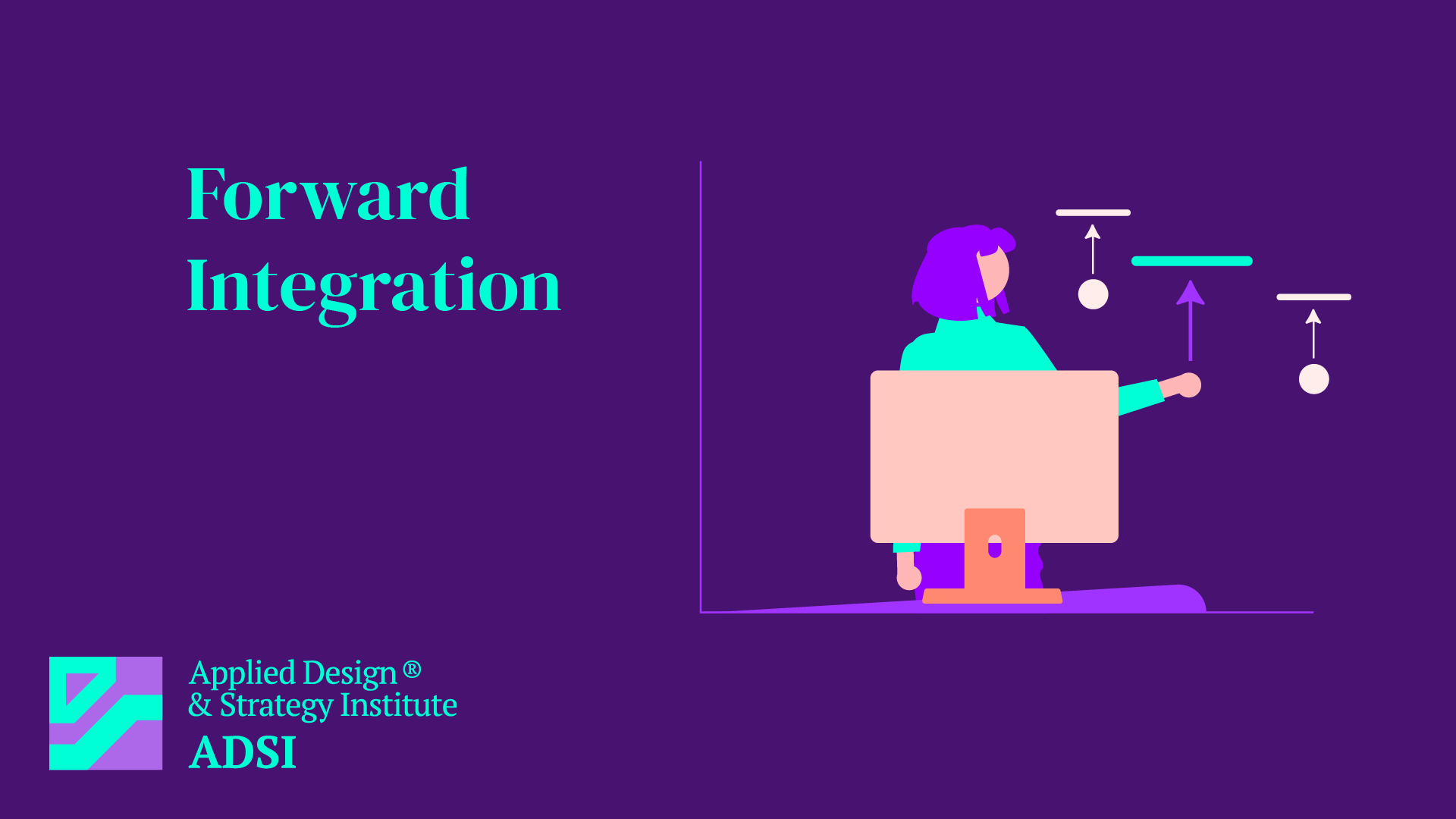Forward Integration
Introduction to Forward Integration
Forward Integration is a business strategy where a company extends its operations to direct control of its distribution or supply chain. This move towards the end customer can involve acquiring or creating retail outlets, distribution centers, or even production facilities closer to the final consumer. It’s a form of vertical integration aimed at gaining more control over the product’s journey to the market.
Key Aspects of Forward Integration
- Control Over Distribution: By integrating forward, companies gain more control over how their products are distributed and sold.
- Direct Customer Interaction: This strategy allows companies to interact directly with their customers, offering better customer service and receiving direct feedback.
- Increased Market Power: Forward integration can increase a company’s market power by reducing dependency on distributors or retailers.
Benefits of Forward Integration
- Enhanced Profit Margins: By cutting out intermediaries, companies can increase their profit margins.
- Improved Market Insights: Direct interaction with customers provides valuable insights into market trends and customer preferences.
- Greater Control Over Brand Image: Managing how products are presented and sold allows for better control of the brand image.
Challenges and Risks
- High Costs and Complexity: Forward integration can be expensive and complex, requiring significant investment in new facilities, technology, and human resources.
- Risk of Over-Extension: Companies risk over-extending themselves and diluting their core competencies.
- Market Resistance: There might be resistance from existing distributors or retailers, and challenges in entering new market areas.
Examples and Case Studies
- Apple’s Retail Stores: Apple’s decision to open its own retail stores is a classic example of successful forward integration.
- Netflix’s Content Creation: Netflix’s move into content creation and direct distribution is another form of forward integration.
Strategies for Successful Implementation
- Thorough Market Analysis: Understanding the market and customer needs is critical before embarking on forward integration.
- Gradual Expansion: Gradually integrating forward can help manage risks and costs.
- Maintaining Core Focus: Ensuring that the integration aligns with the company’s core competencies and business objectives.
Conclusion
Forward Integration is a strategic approach that can offer significant benefits in terms of market control, customer insights, and profitability. However, it requires careful planning, a clear understanding of the market, and a balanced approach to managing risks and opportunities.



Leave a Reply